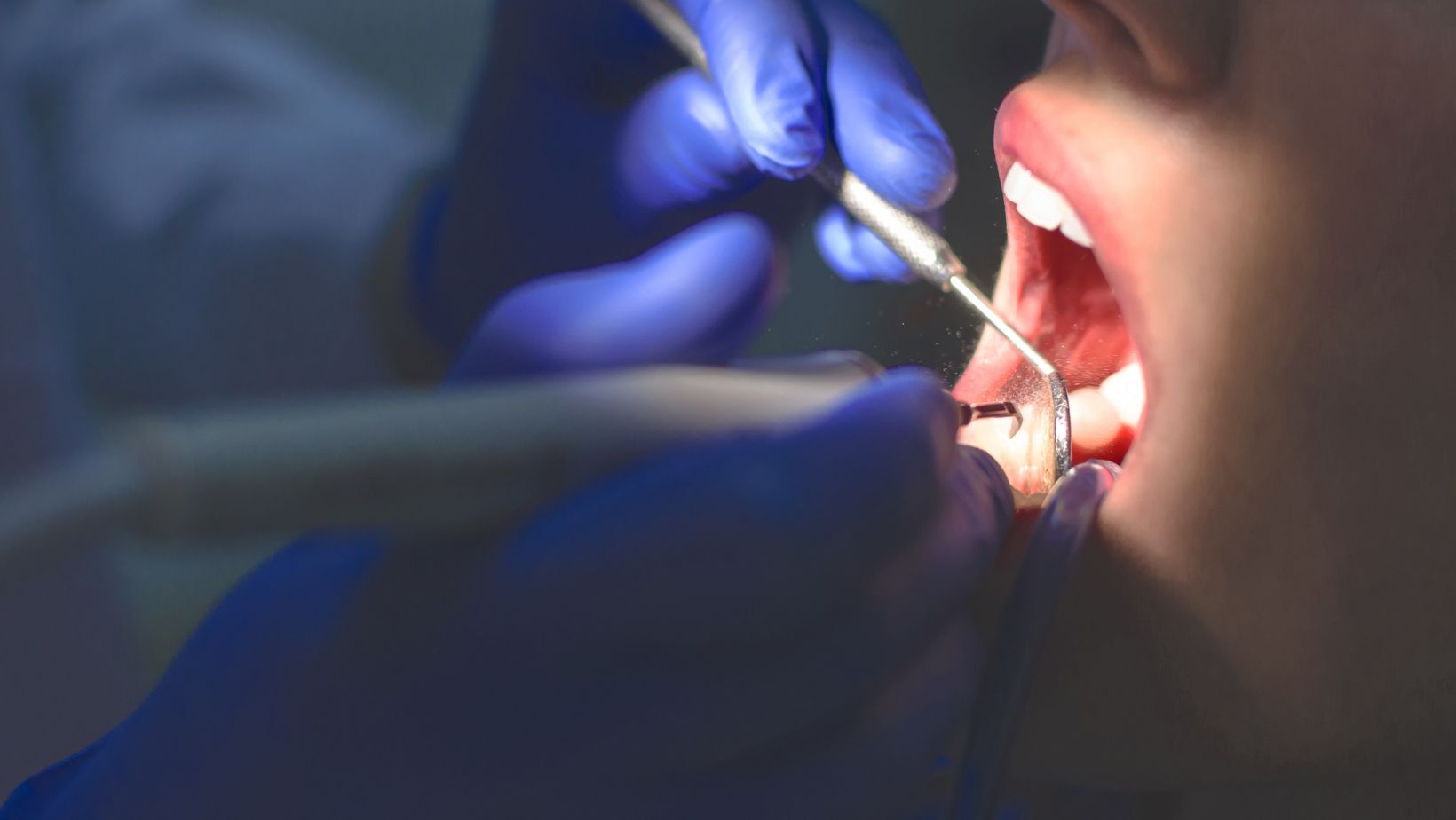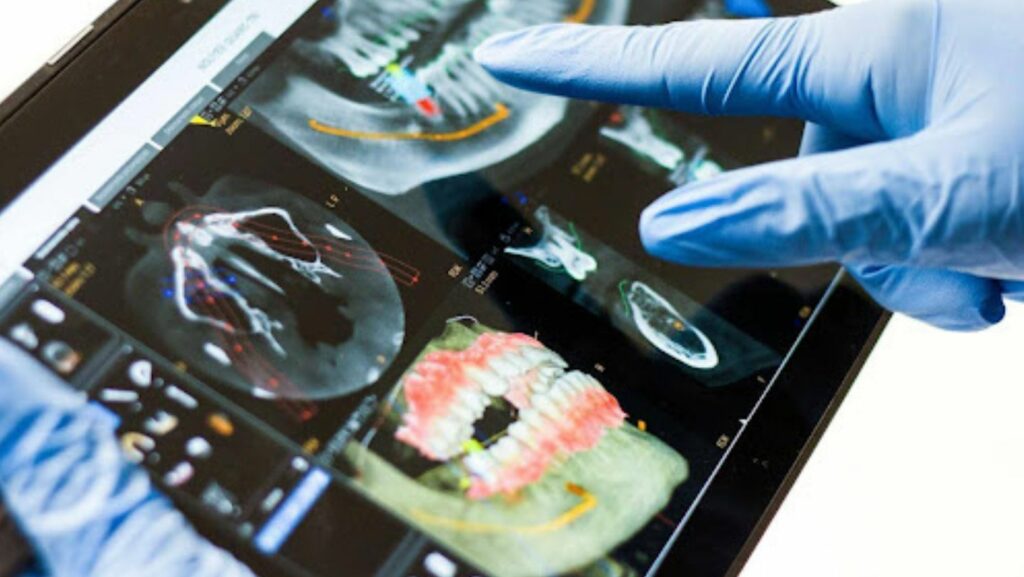Want to learn the most advanced implant techniques in the industry?
If you’re ready to take on the most technically demanding and rewarding implant procedures out there, pterygoid and zygomatic implant procedures are a great place to start.
They can be a total game-changer for patients who have significant bone loss.
But there’s a catch…
They’re challenging. And these procedures have unique challenges that can make or break your success rate.
With a 94.9% long-term success rate for zygomatic implants, these procedures are some of the most successful in the industry.
But you can’t get there without a real mastery of these techniques.
That’s where specialized training, like an online zygomatic implant course, comes in.
This step is 100% critical. Without proper training and preparation, you are going to face complications that could easily be avoided.
In this article, we’ll tell you exactly what to expect.
You’ll learn the most important challenges and risks you may face during treatment.
We’ll break them down by category for easy reference and problem-solving.
Here’s what we cover in this article:
- Major Technical Challenges You Will Face
- Patient Selection Complications That Trip Up Professionals
- Surgical Execution Problems and Solutions
- Post-Operative Management Challenges
- How to Prevent the Most Common Complications
Major Technical Challenges You Will Face
Here’s something we need to be honest about…
Pterygoid and zygomatic implants are not easy procedures.
They are very technically demanding surgeries that will test the skills of even experienced surgeons.
The first challenge we face with these cases is anatomical complexity.
Unlike traditional implants that can be placed in the much more predictable alveolar bone, pterygoid and zygomatic procedures require surgeons to navigate around the maxillary sinus, the zygomatic bone, and the pterygoid process.
These are highly variable and potentially dangerous areas where a small mistake can have big consequences.
Here are some of the main factors that make this challenging:
- The zygomatic bone has a variable density and thickness
- The anatomy of the pterygoid region varies widely between patients
- There is a risk of sinus membrane perforation
- There are many vital structures nearby, such as the orbit and infraorbital nerve
The learning curve is steep and guesswork has no place in these procedures.
The next major technical challenge is implant angulation and positioning.
Getting the correct angle is not just a cosmetic issue, it’s a biomechanical one that can affect long-term stability.
Bad angulation can cause a number of issues, including:
- Excessive stress on the implant
- Prosthetic complications
- Higher failure rates
- Dissatisfied patients
Patient Selection Complications That Trip Up Pros
Did you know that…
Not every patient is a good candidate for pterygoid and zygomatic implants, even if they have significant bone loss.
Patient selection errors are one of the leading causes of treatment failure in these cases.
The most common error is simply not taking the time to evaluate a patient properly before beginning treatment.

You must assess all of the following before proceeding:
- Bone quality and quantity in the zygomatic and pterygoid areas
- Sinus pathology and history of sinus issues
- Medical history that may affect healing
- Patient expectations and ability to maintain oral hygiene
The one factor that’s often overlooked in patient selection is their systemic health.
Conditions such as uncontrolled diabetes, heavy smoking, and autoimmune diseases can drastically reduce your chances of success.
But there’s one more factor that can trip up even the most seasoned pros…
It’s proper patient expectation management. These patients often think it’s a quick fix without understanding how complex the healing process is.
Surgical Execution Problems and Solutions
There’s one thing that even the most experienced surgeons will struggle with…
Complications that can occur during pterygoid and zygomatic implant surgery.
They are not out of the question. The key is to know how to manage them when they do happen.
Sinus Membrane Perforation
This is most likely the most common surgical problem that you’ll face during these procedures.
Research has found that sinusitis occurs in 2.4% of zygomatic implant cases.
If you do have this problem, stop immediately and evaluate the size of the perforation.
Small perforations can be fixed with a resorbable membrane.
Large perforations are a different story, you might want to consider aborting the procedure.
Always inform your patient about sinus complications that can occur after the procedure.
Inadequate Primary Stability
There’s nothing worse than placing an implant only to find out that you don’t have proper primary stability.
Prevention is the best strategy here.
Follow the proper drilling protocols.
Study bone density variations and have alternative implant sizes on hand.
If you’re having stability problems, don’t hesitate to try alternative anchoring techniques.
Nerve Injury Risk
The proximity of these implants to the nerves is what makes them so challenging to place.
Temporary paresthesia is common, but permanent nerve damage is a serious complication that you want to avoid at all costs.
Post-Operative Management Challenges
There’s one thing that nobody’s telling you about post-op care…
Challenges that don’t end when the surgery is complete.
Successful post-operative management is just as important for success in these cases.
The biggest problem during this period is managing patient expectations during the healing period.
The pterygoid and zygomatic implant procedures have a more involved healing period than conventional implants, and patients often experience:
- More swelling
- Longer recovery times
- Dietary restrictions
- Anxiety over sinus-related symptoms
The most important factor in post-op care is communication.
You need to prepare patients for the healing process and give them clear post-op instructions.
Many complications arise not from surgical error but from poor patient compliance.
The other challenge is monitoring for complications.
Unlike conventional implants, these require more vigilant follow-up because:
- Sinus-related complications may take weeks or months to develop.
- Signs of implant failure may be subtle at first.
- Prosthetic complications can be more difficult to manage.
How to Prevent the Most Common Complications
The best way to deal with complications is to prevent them in the first place.
Based on the latest research and clinical experience, here are some of the most effective prevention strategies:
Comprehensive Treatment Planning
- Use 3D imaging on all cases
- Plan surgical guides whenever possible
- Have an emergency plan in place
- Discuss all potential complications with patients
Proper Surgical Technique
- Follow established protocols
- Don’t rush the procedure
- Use proper irrigation to prevent overheating
- Have backup plans for every step
Optimal Post-Operative Care
- Provide detailed written instructions
- Schedule appropriate follow-up appointments
- Monitor for early signs of complications
- Keep an open line of communication with patients
Continuing Education
The field is constantly evolving.
New techniques, materials, and approaches are being developed all the time.
Staying up to date with specialized courses and training programs is essential.
Remember:
The most experienced surgeons continue to learn and grow throughout their careers.
These are complex procedures that cannot be mastered without ongoing education and practice.
Critical Success Factors
Want to know how to set yourself up for success?
Focus on these key areas:
- Patient selection: Not all patients are good candidates
- Surgical skill: These are advanced procedures that require training
- Team coordination: Your entire team must be on the same page
- Equipment readiness: Have backup plans for all equipment
- Patient communication: Set realistic expectations from the beginning
Success or failure often comes down to preparation and attention to detail.
Bringing It All Together
Pterygoid and zygomatic implant procedures are at the cutting edge of implant dentistry.
They provide a chance for patients who have severe bone loss to get the smile that they’ve always wanted.
But remember this…
Success requires more than just technical skill.
You need specialized training, proper patient selection, meticulous surgical technique, and excellent post-operative care.
The challenges are real, but they are not insurmountable.
With the proper preparation and training, you can achieve excellent results and change your patients’ lives.
The key to success is…
Never stop learning. These procedures are too important and too complex to approach casually.
Invest in the proper training, practice your techniques, and always place patient safety first.
Master the challenges and you can offer life-changing treatment to your patients who need it most.

